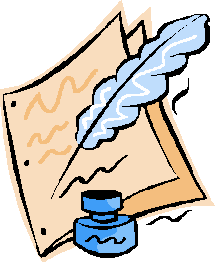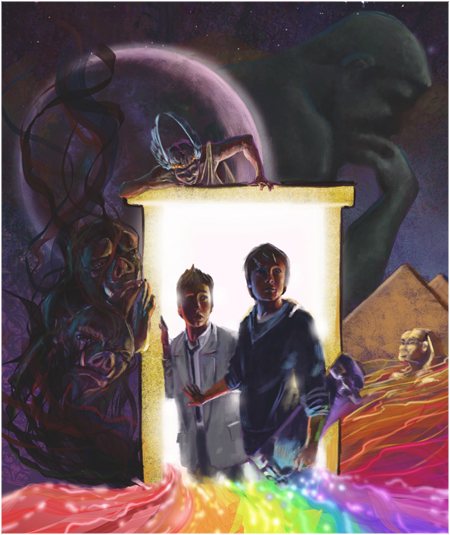 If a child has been bullied in the past or fears being bullied in the future this lesson can empower him/her to be more assertive.
If a child has been bullied in the past or fears being bullied in the future this lesson can empower him/her to be more assertive.
Objective: The learner will learn about friendly letter format while empowering him/herself to confront an imaginary bully on paper.
Materials: Lined paper, pencils, chart paper, white board or electronic whiteboard. Sample of a friendly letter.
Procedure:
- Go over the parts of a friend letter:
Friendly Letter Format Heading: Contains if mailed. Just date if notFirst line: Street number and street name
Second line: Town or city, state and ZIP code
Third line: The date
Greeting or salutation: Dear So-and-so, (remember your comma!)
Introduction: Here there might be questions about how the recipient is, etc.
Body: This is the main part of the letter. It gets to the point of why you’re writing. Change paragraphs and indent each time you change the topic you’re talking about. This is the longest part of the letter.
Conclusion: Wrap it all up. Be clever.
Closing: Choose an appropriate closing like “Sincerely, Yours truly, Your friend.” Make sure this lines up with the heading. Only the first word is capitalized.
Signature: Usually in cursive. Goes directly under the closing.
- Ask students to give examples of a time they were bullied in the past. List on the board.
- Ask students what they would want the bully to know, if he/she could talk to them today. Make sure that all responses avoid name calling, revenge, retaliation, or violence. The goal here is to ask for empathy from the bully.
- Explain that they will be writing a letter to a bully of the past. If they cannot think of a prior situation they may invent one.
- Model how to write the letter on board.
- Students write their own letters.
Evaluation: Were the students able to follow the proper format for a friendly letter and share feelings in assertive yet nonviolent ways.
Follow up: This could be considered a rough draft and the students could revise for figurative language use, more in depth detail, or any off-topic sentences. They could also edit for mechanics.




